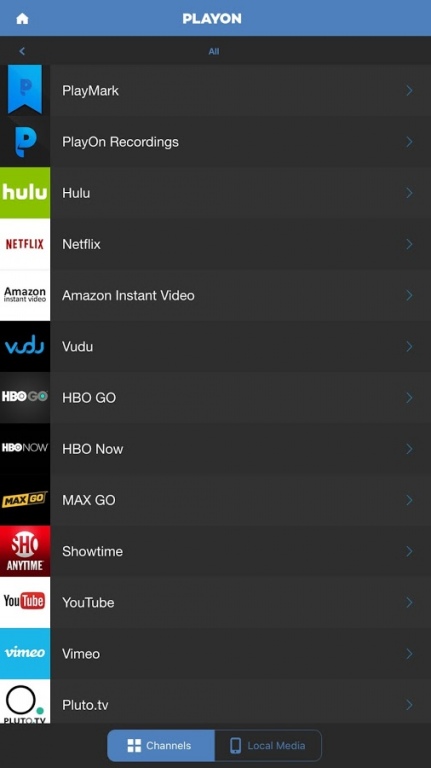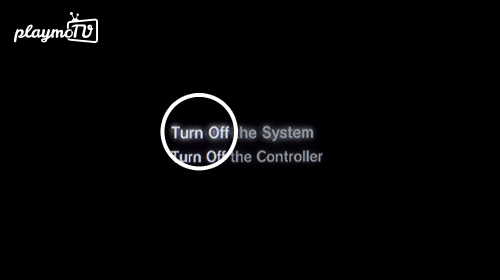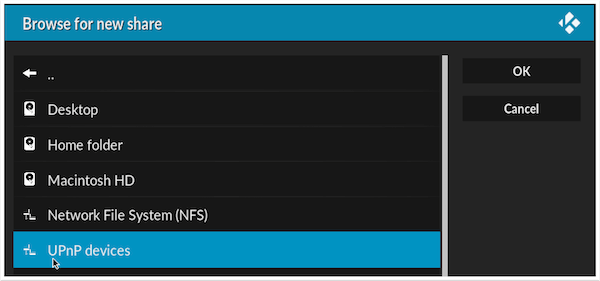

You can get an NAS drive to hook to your router for just over $100 these days. Because they filter through your router and direct into Sonosnet as well. Have you noticed you don't have issues if you play an internet streaming service. Then point sonos to the NAS to index and when you play a song Sonos will pull the song from the NAS drive - directly into Sonosnet (your home wifi is then removed from the equation and you should be good). What you want to do is get an NAS and hook the NAS to your router as well. which in turn then routes it through Sonosnet. Your MacBook is connected to your home wifi so it then has to send the song back via your home wifi to your router. So when you play a song in Sonos it goes out and has to pull the song from your MacBook. In your case it is stored on your MacBook. It indexes your library from the location that it is stored. Sonos does not "load" your music library. The Boost you need to connect to your router - just keep it a foot or so away from your router/wifi device. what Sonos component should a NAS drive be connected to? and 2.
#PLAYON MEDIA SERVER NOT FOUND PRO#
It is not practical for me to wire the MacBook Pro to the router every time I want to play music so failing all else it's looking like more expense to get a NAS drive and to wire it into the Sonos network - two questions then: 1. This increases the range of your Sonos system, and ensures that you’ve got great connectivity no matter how large your home or how many WiFi devices you use.

Plugging in a product launches a reliable mesh network on a separate wireless channel, which means that your speakers don’t have to talk to the WiFi router directly, but rather can connect reliably through any nearby Sonos player. Should I take it then that the following para only applies if the music source is wired to a Sonos component in the "Sonos matrix network"? of the home wi-fi network which is, in turn, reliant on the ISP's router strength/capacity etc. If not this means Sonos is reliant on the strength/capacity etc. It is being used as the music source but I thought that this was only the case to initially load the music library which was then available from Sonos independently. The Boost is connected wired to the Time Capsule, should I disconnect it and move it elsewhere, I thought that it had to be connected to a router. "Warning" that Sonos may be the cause for the VPN playback issues is more than a stretch.įirst thing is make sure the boost is as far away from your router as possible (however long your cable or space allows).

If a device needs dedicated open ports like for DLNA (which shouldn't be routed through a VPN anyway) the VPN provider has to allow port forwarding through their tunnel, which most VPN services don't allow selectively. VPN was not designed for media streaming by any means, as it brings significant overhead that results in dropouts, name resolution issues and reduced bandwidth. I think I have just 2 options: (1) Be aware of the VPN interaction and make do or (2) move the music library to a different computer or NAS. I've seen on some other VPN threads in this forum that re-opening ports will get Sonos to work again. With moments after killing the VPN connection, Sonos will start functioning again and find my music library. While Sonos often continues to operate for some indeterminate amount of time after the VPN connection is made, at some point it will stop functioning. Basically at the time my Sonos "server cannot be found" issues started. My usage has gone up considerably in recent months. Historically, I hadn't used VPN or extremely infrequently. I hope that this helps someone else.Īfter months of sporadic repros of this issue, I am now certain that VPN use on the music server computer is the culprit. I'm not one for having much patience when it come to my tech not functioning so I started looking at what might have been missed.
#PLAYON MEDIA SERVER NOT FOUND PC#
When I called tech support he logged on to my PC and couldn't find anything wrong with my setup and said they would have to continue looking into it. I use the bridge and just have DHCP enabled on my wireless router. I didn't reserve any IP addresses in my router to fix this I found that deleting the "Homegroup" settings from my PC took care of it. But it would be a mitigation on a regression introduced with the introduction of the bridge-less/wifi-only architecture. If that makes a difference in stability of the wireless connectivity of the devices and their access to the music share, awesome. I have, however, just made the same sort of router config change to dedicate/reserve the assigned IPs to the various Sonos devices. I use a Sonos bridge and don't use the new wifi mode. That's great, Tim! Nice to hear that someone's experience has improved.


 0 kommentar(er)
0 kommentar(er)
